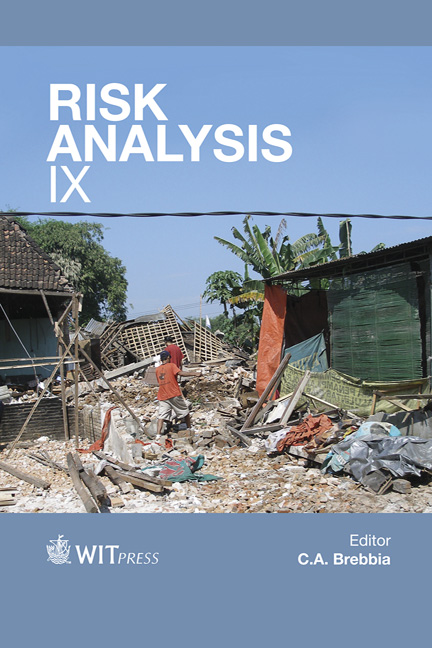The Corrosion Of Stirrups And Its Effect On The Seismic Fragility Of A Corroded Reinforced Concrete (RC) Column
Price
Free (open access)
Volume
47
Pages
12
Page Range
331 - 342
Published
2014
Size
634 kb
Paper DOI
10.2495/RISK140281
Copyright
WIT Press
Author(s)
Guanghui Zh ang & Bing Li
Abstract
As service rates increase, the corroded rebar stands out as a major problem for existing reinforced concrete (RC) columns in a corrosion-inducing environment. The corrosion of stirrups is more serious than that of longitudinal bars, due to smaller clear concrete cover and smaller diameter. It deteriorates the confinement behaviour and thus decreases the shear resistant capacity, potentially changing the failure modes from ductile flexural failure mode to brittle flexural-shear failure mode, or even shear failure mode. Therefore, the evolution of the seismic damage pattern of existing corroded RC columns and its service-year related fragility analysis are becoming heated research topics in the field of structure hazard prevention research. The objectives of this paper will be to focus on how to use FEM software to numerically simulate the seismic behaviour of corroded columns accounting for materials deterioration and bond degradation. Pushover curves shown that a transverse rebar corrosion level above 10% could reduce the seismic capacity of columns by a great extent. In addition, the stiffness, ductility and energy dissipation capacity declines. It also demonstrated the transition of failure mode from flexure failure to shear failure as the corrosion level of stirrups increased. The fragility analysis based on the FEM results indicated that the RC column with corroded stirrups is much more vulnerable. Keywords: stirrup corrosion, bond degradation, seismic fragility analysis, FEM, damage pattern, brittle failure.
Keywords
stirrup corrosion, bond degradation, seismic fragility analysis, FEM,damage pattern, brittle failure.





